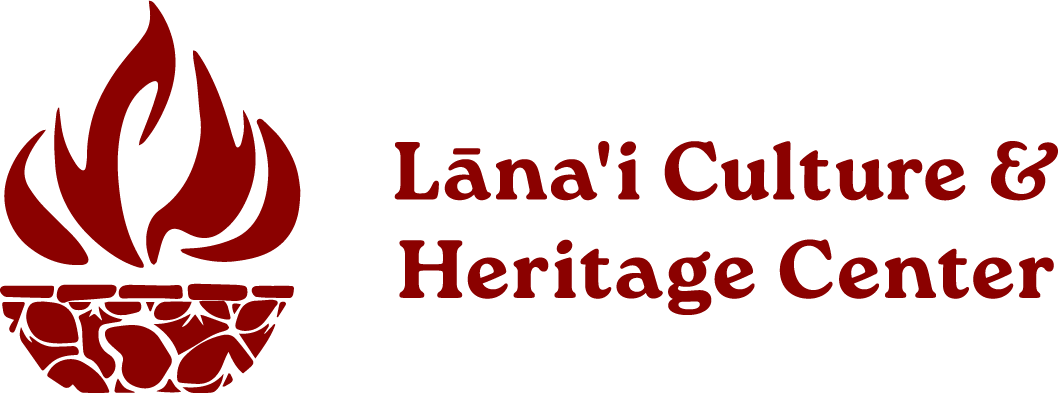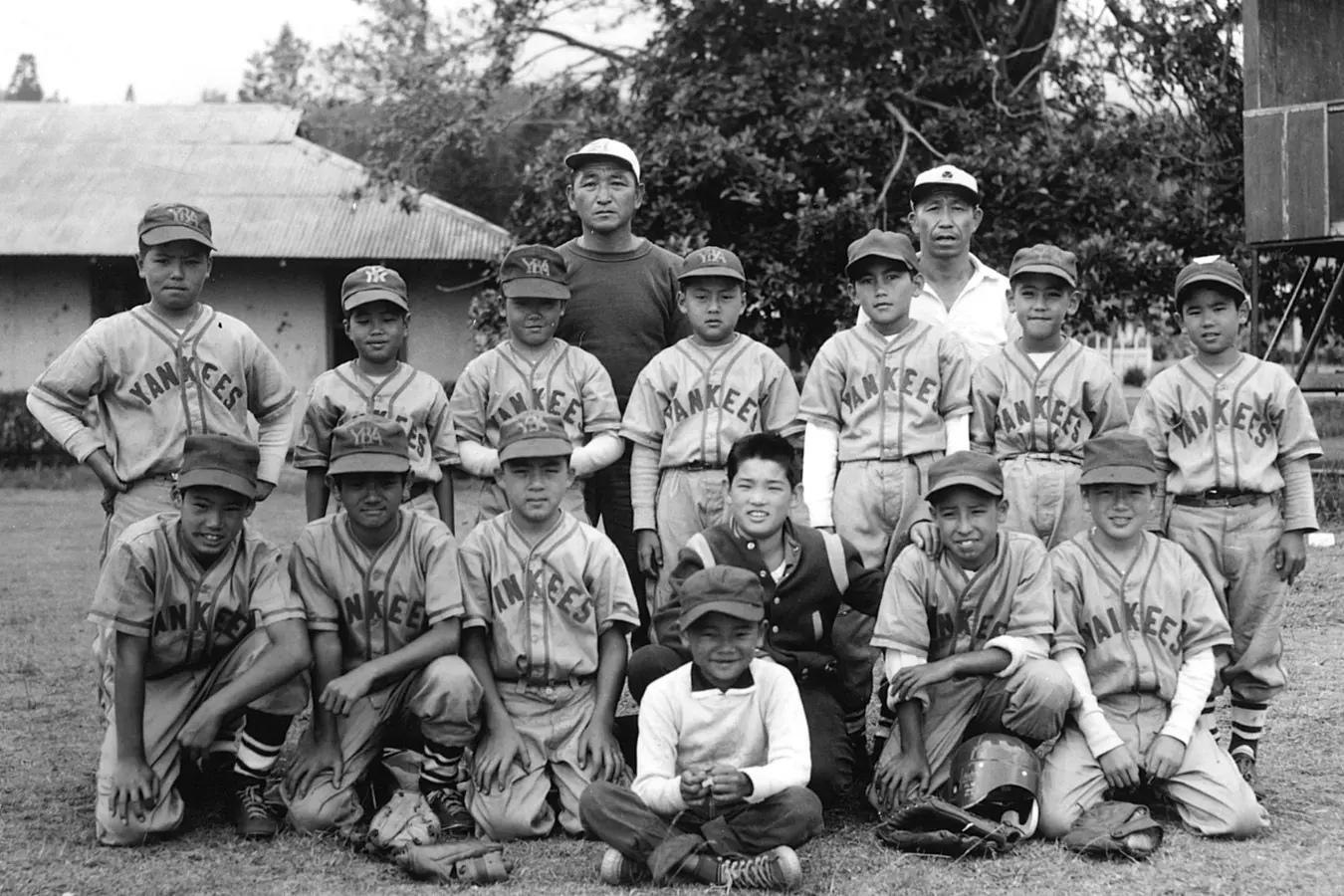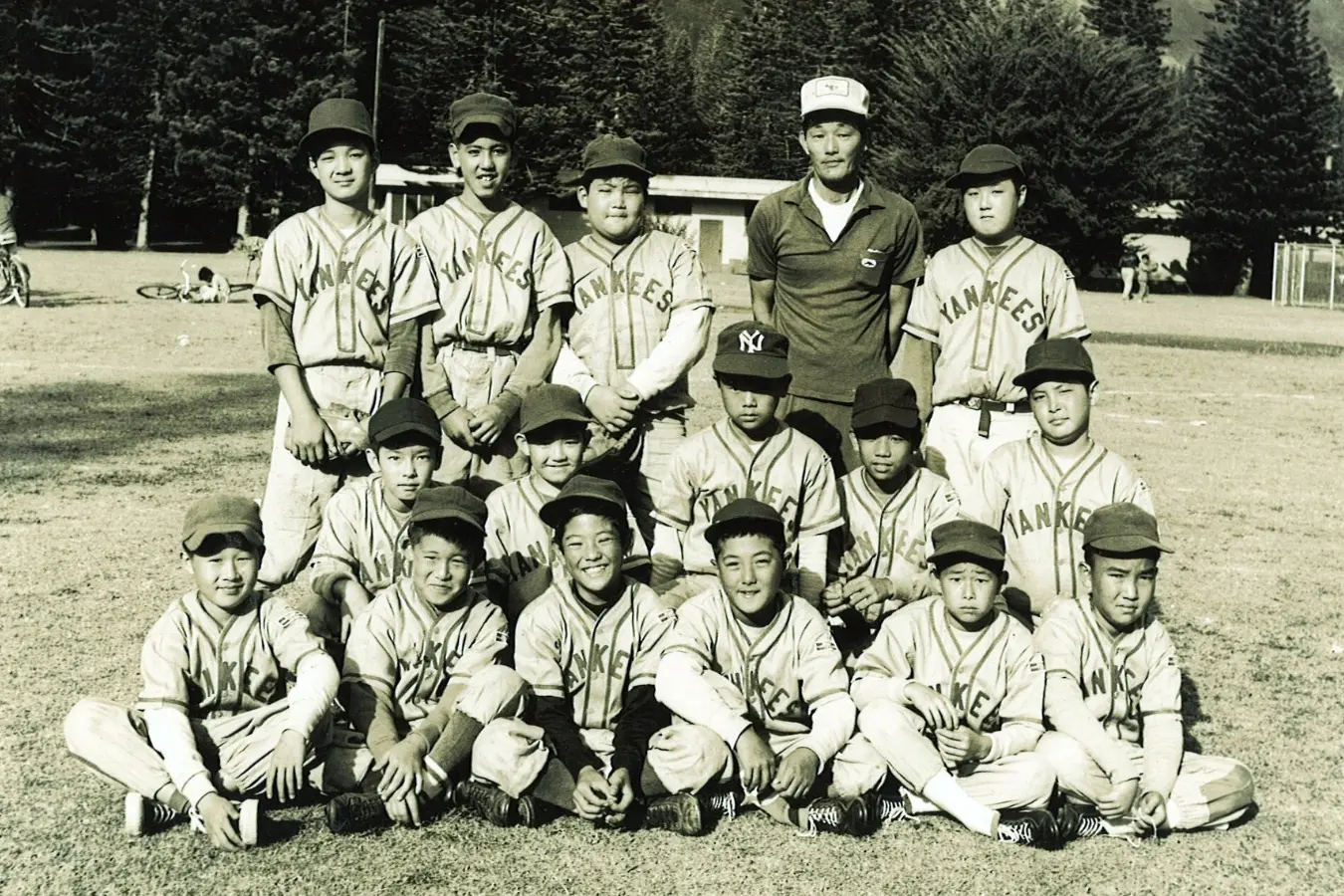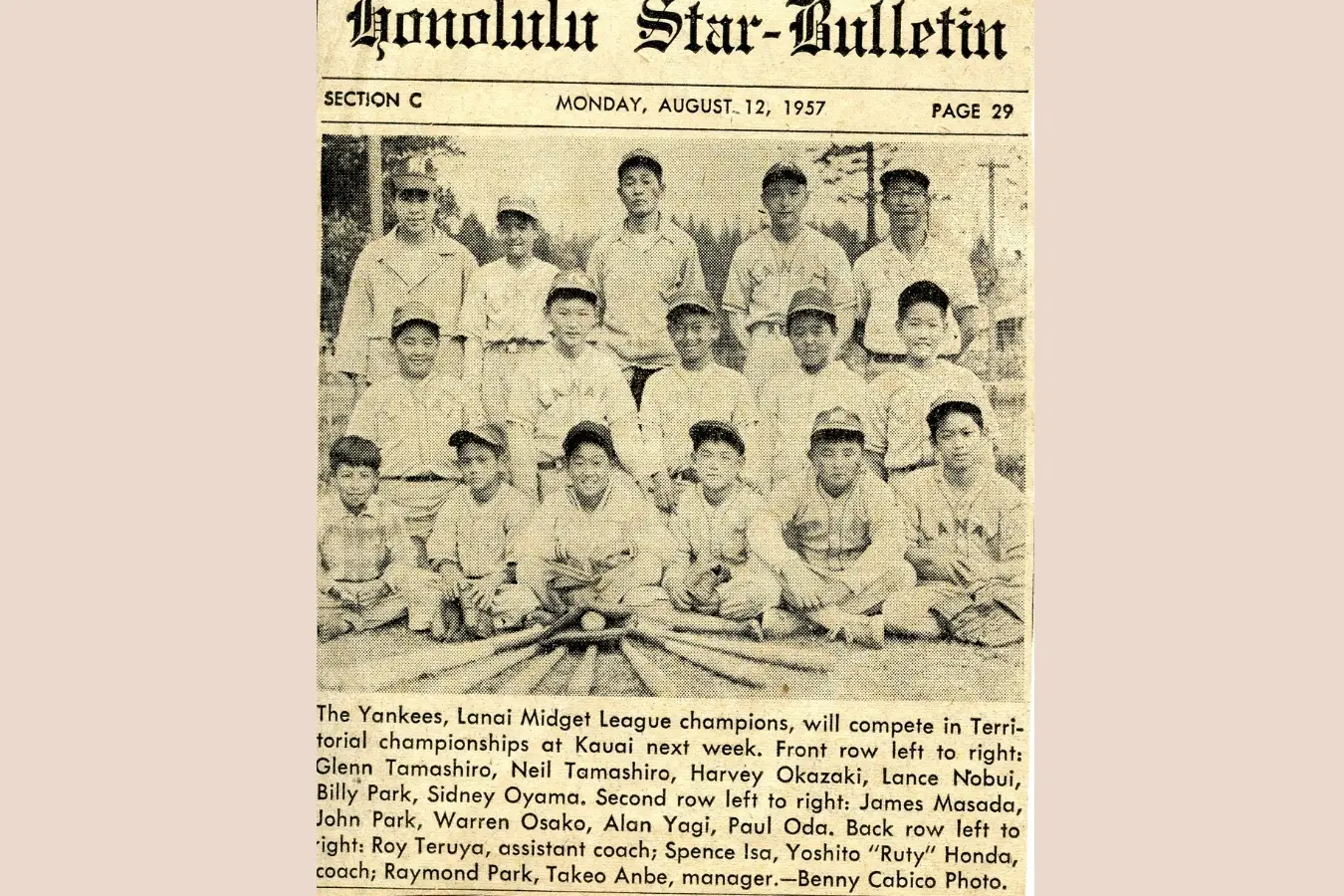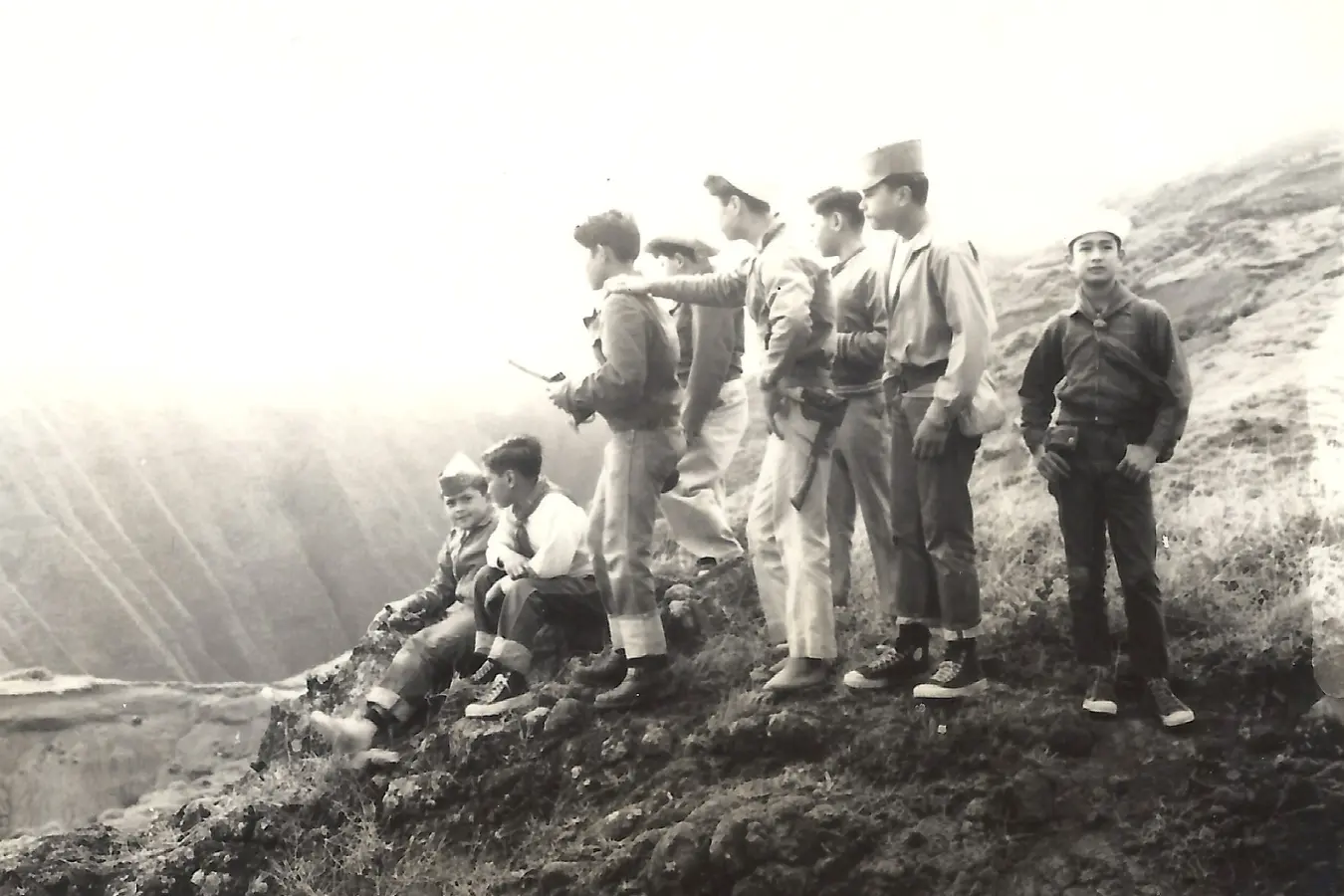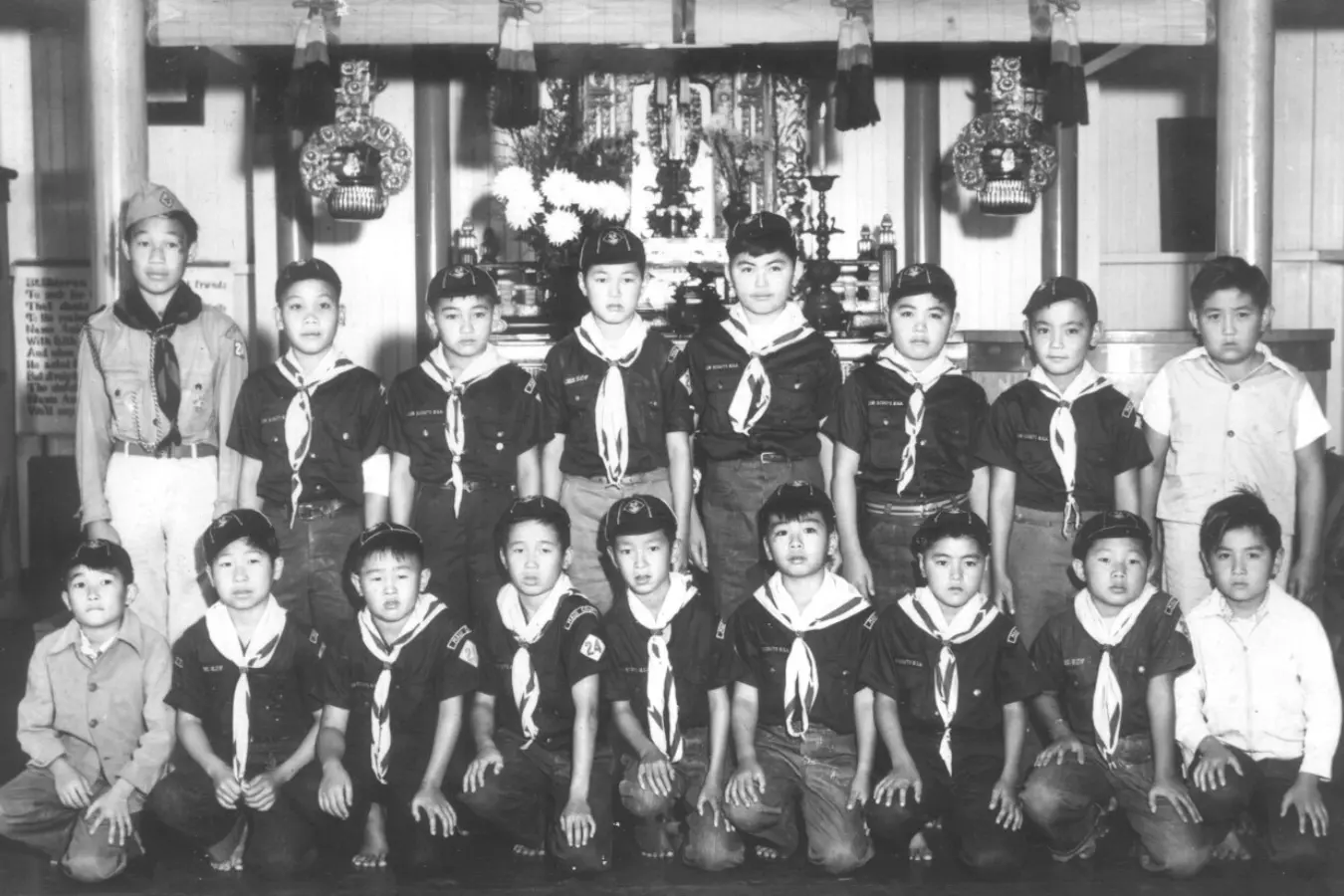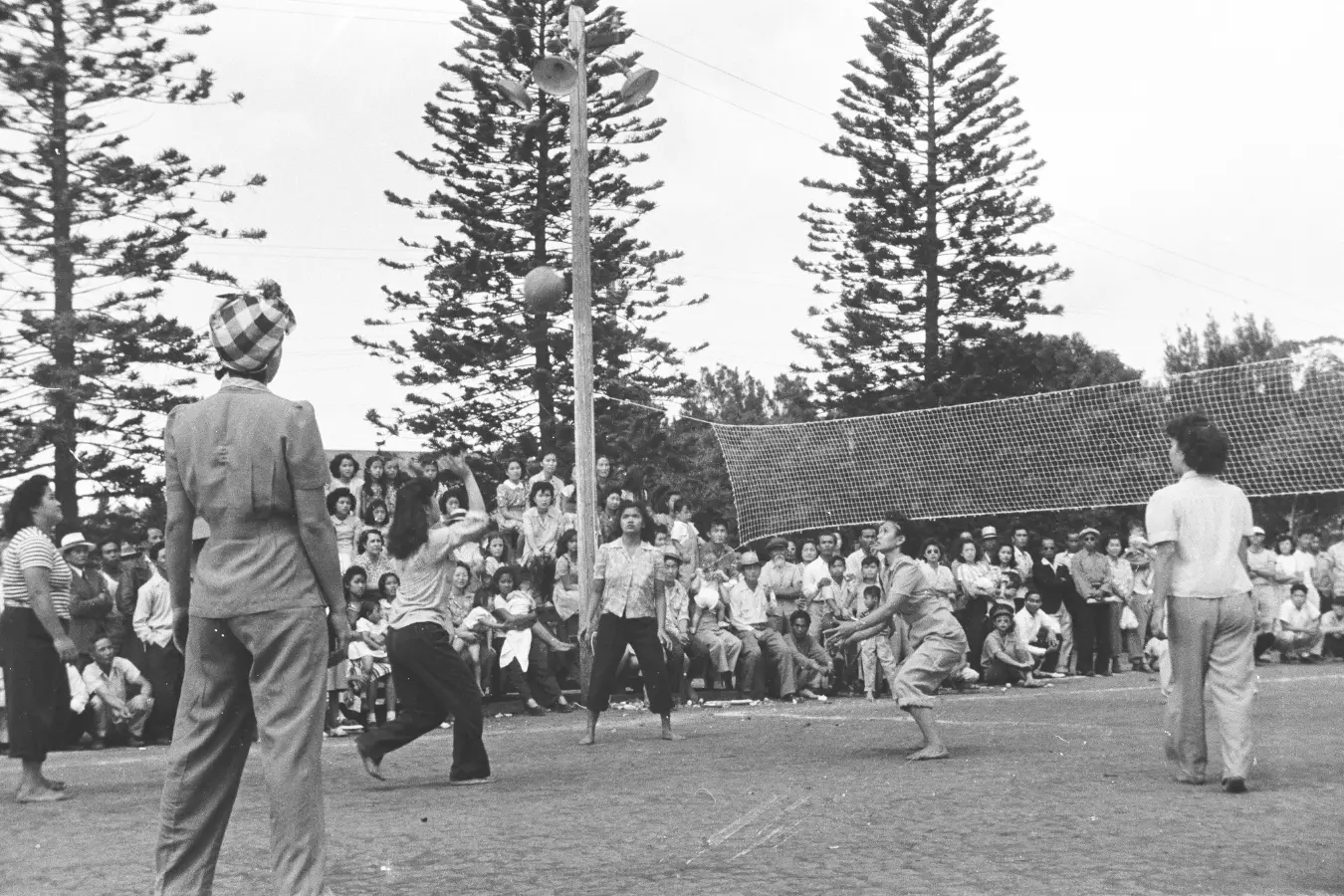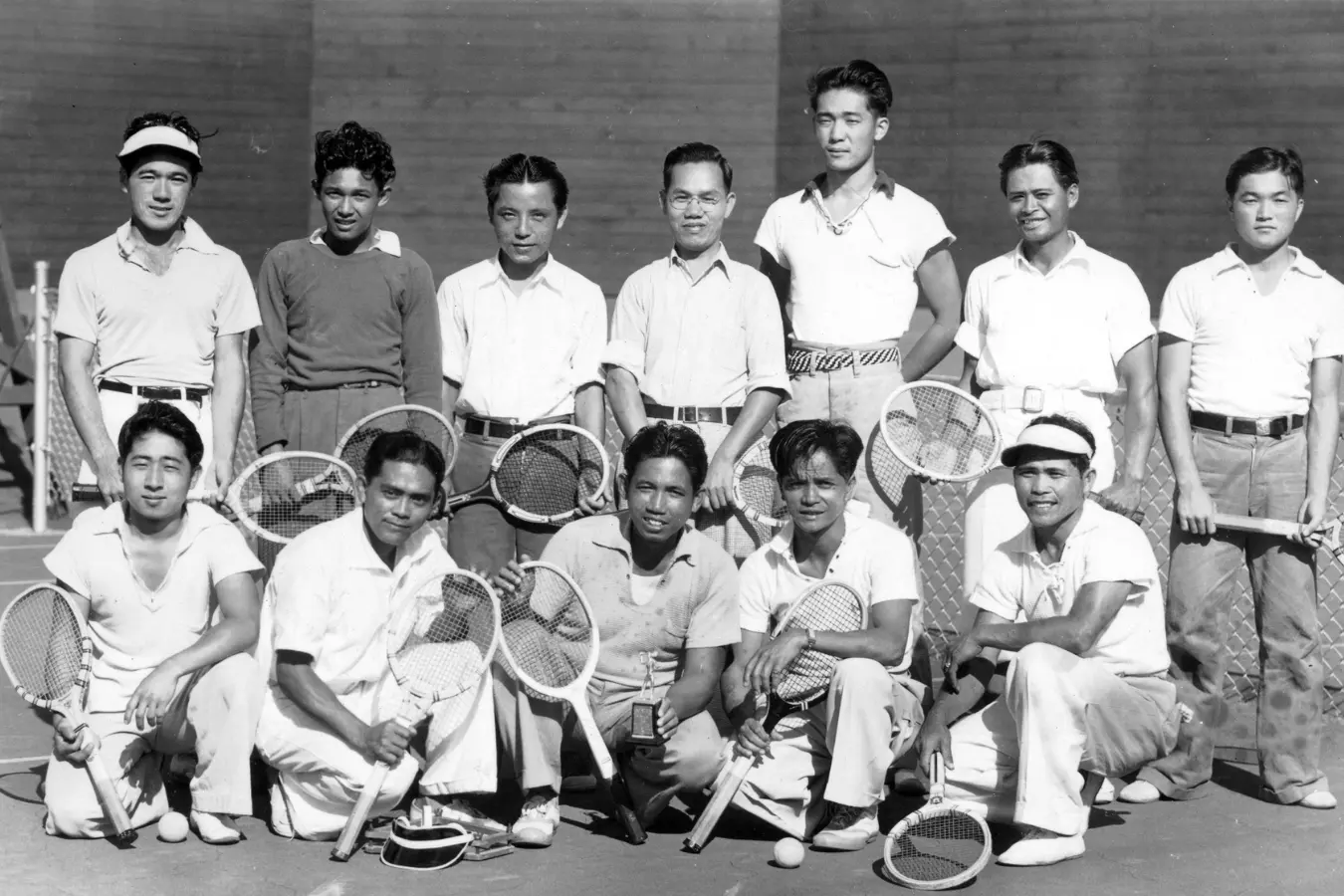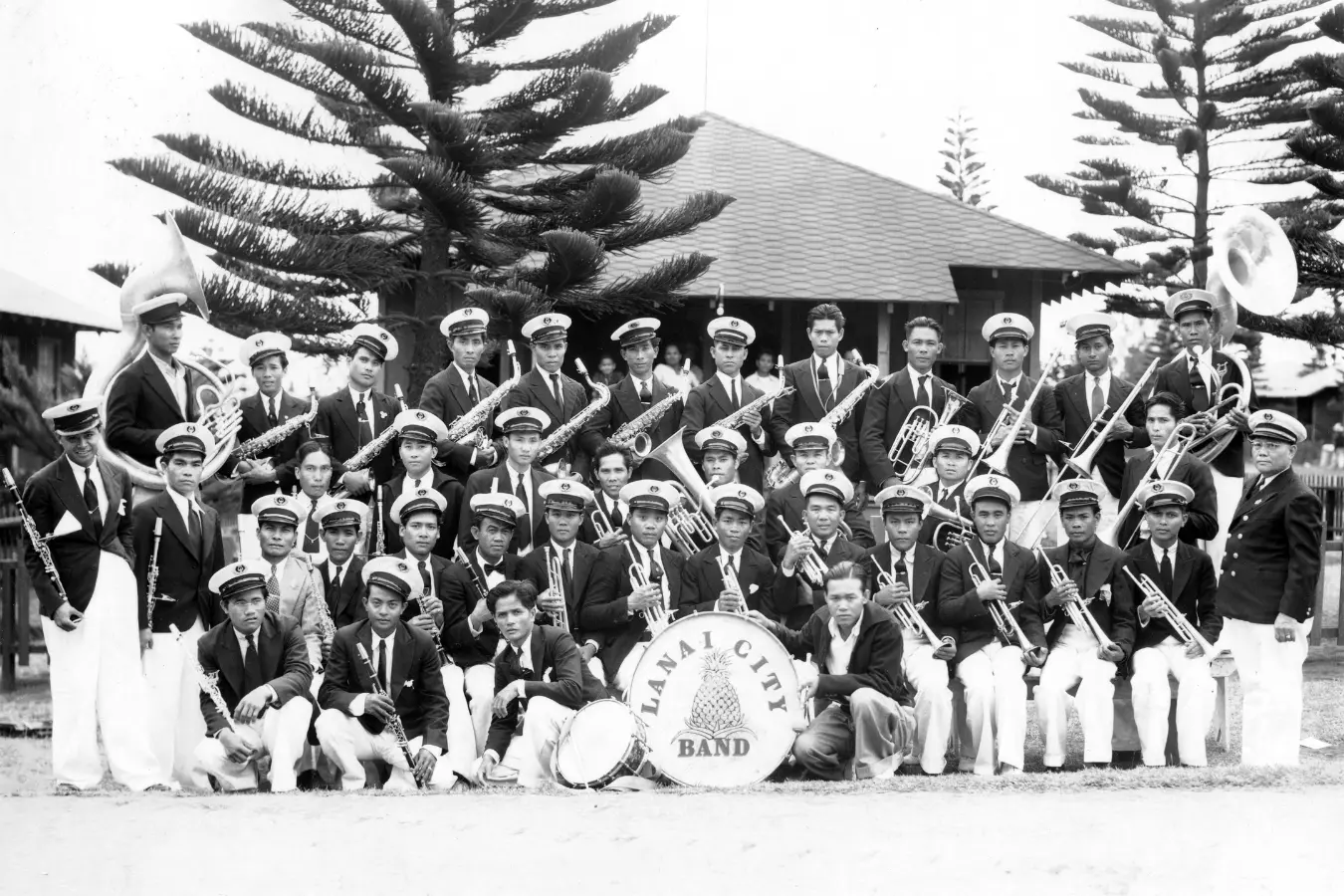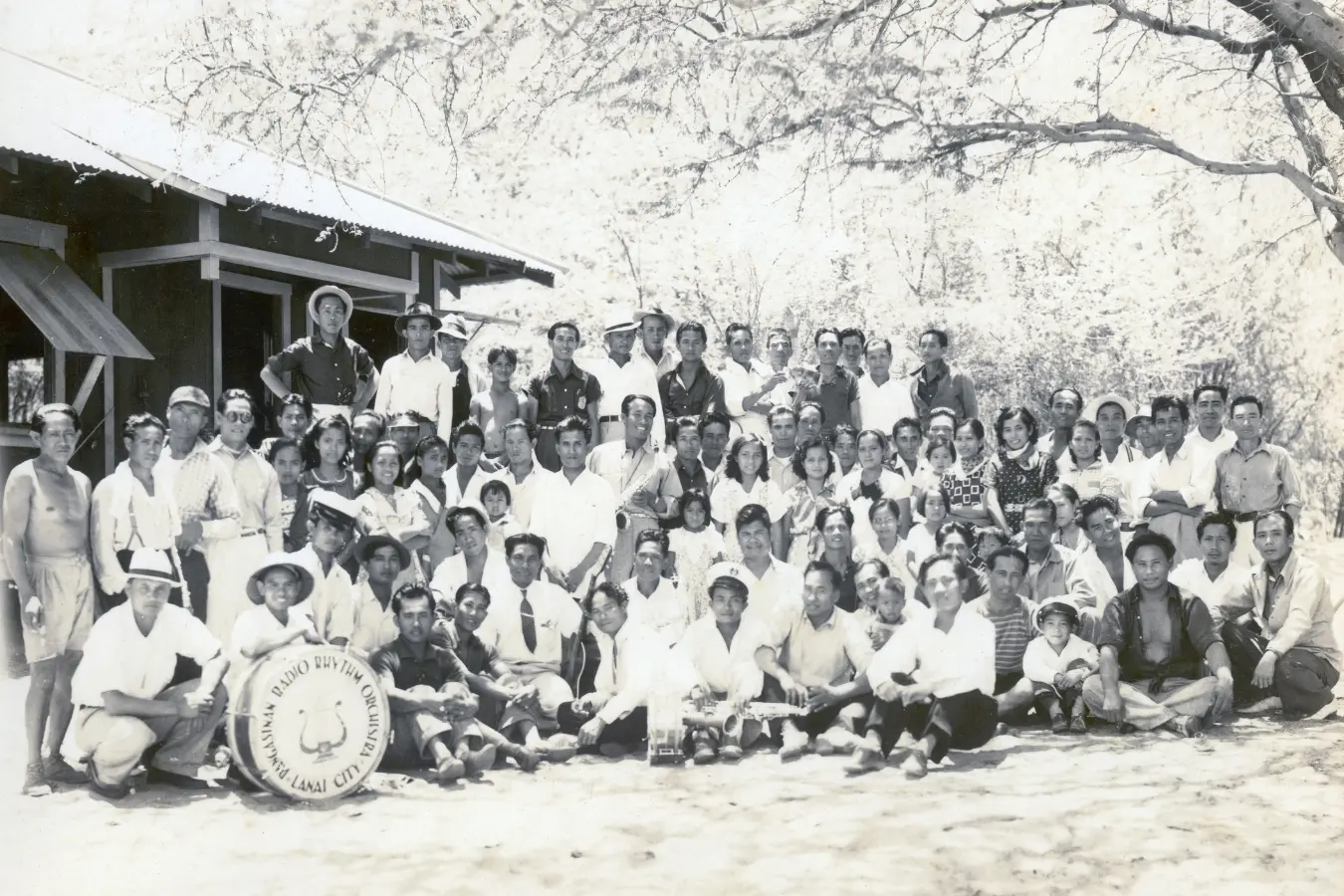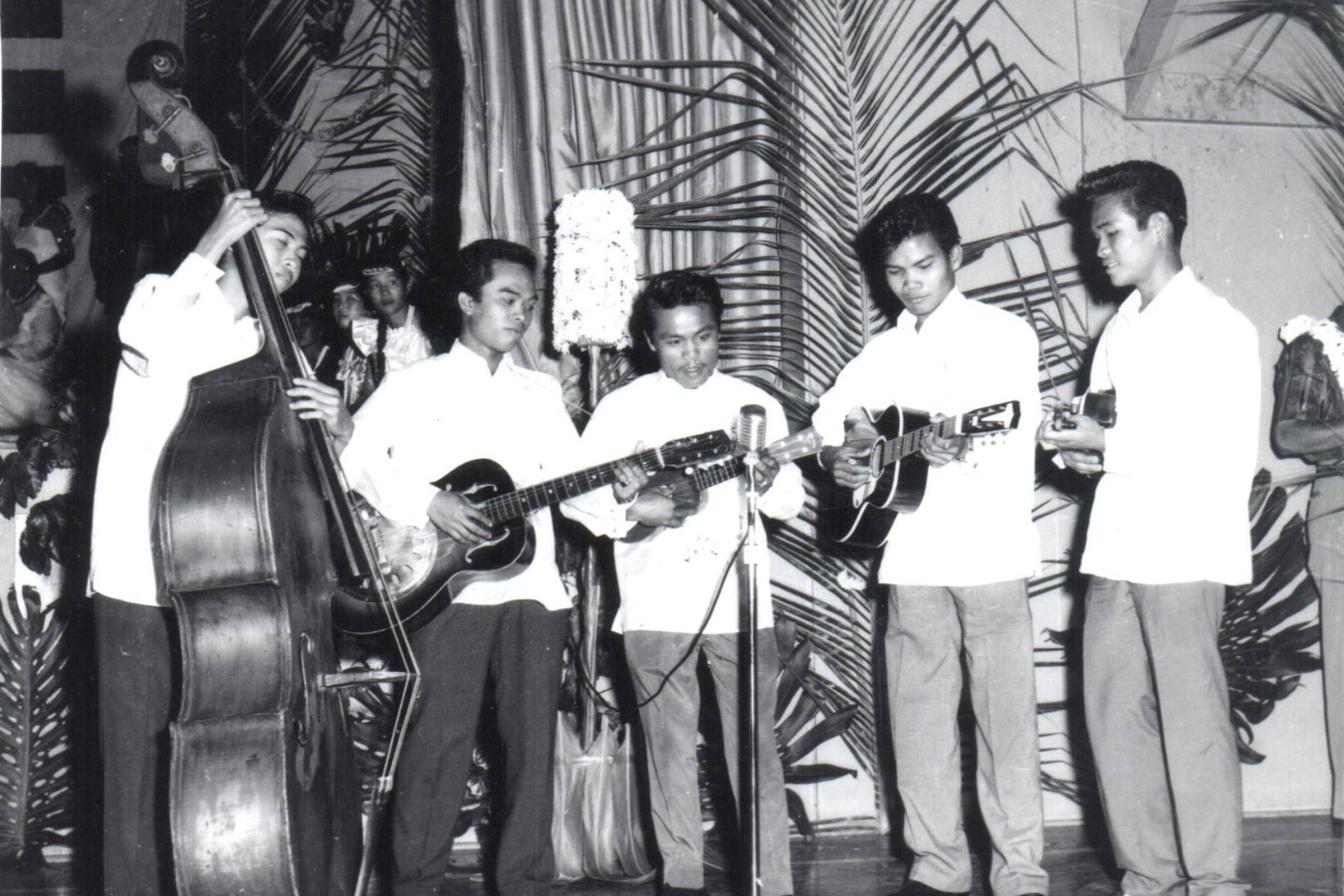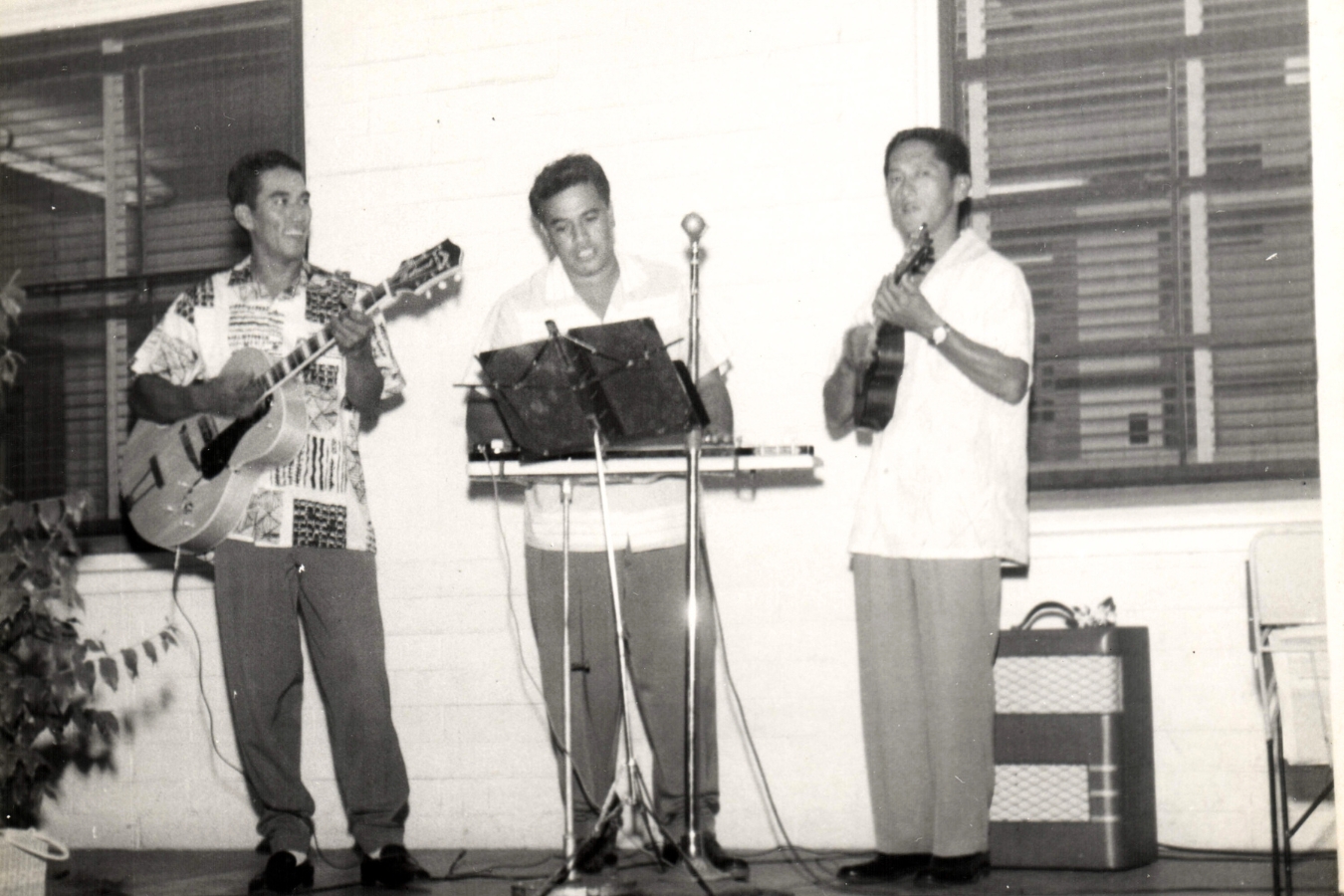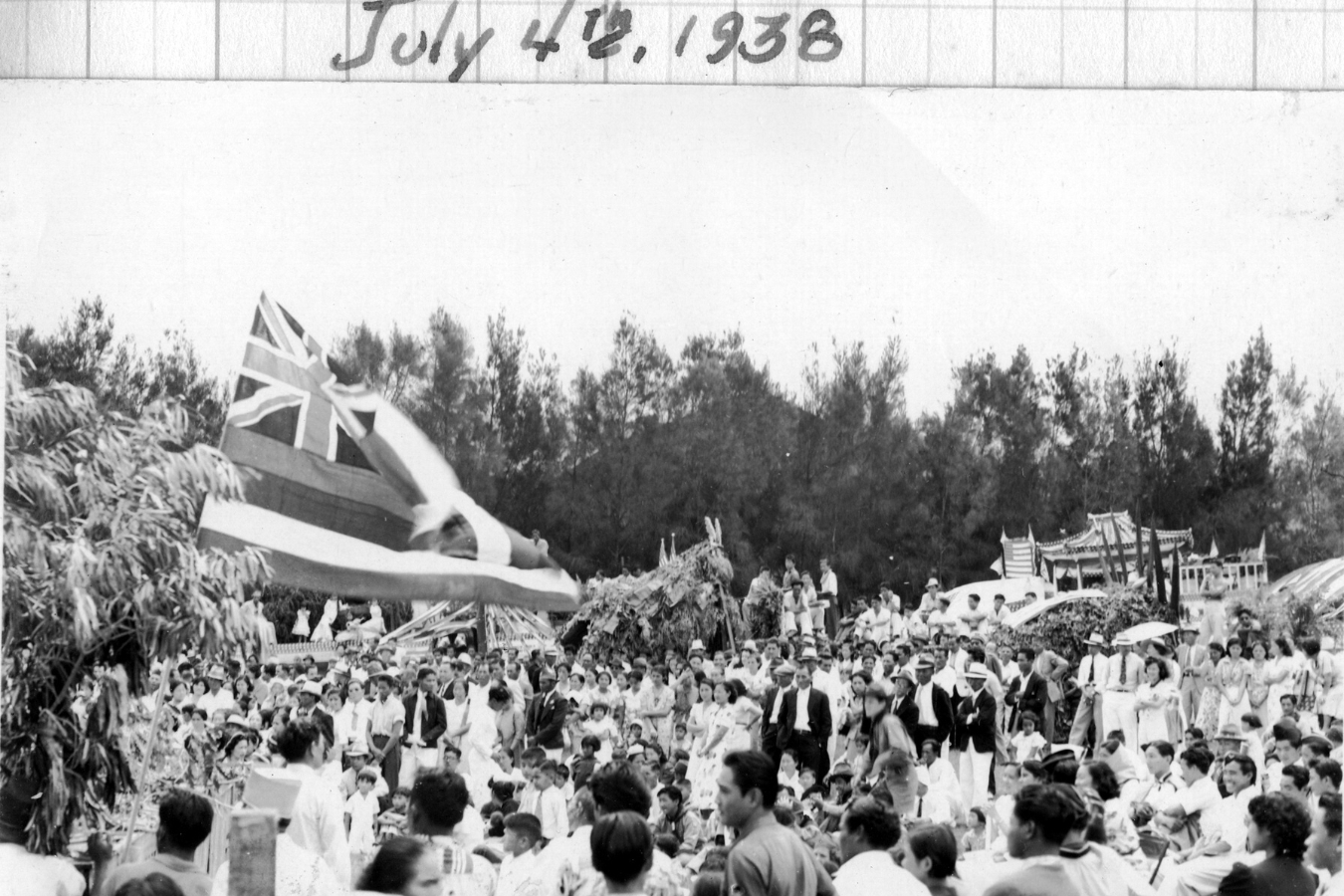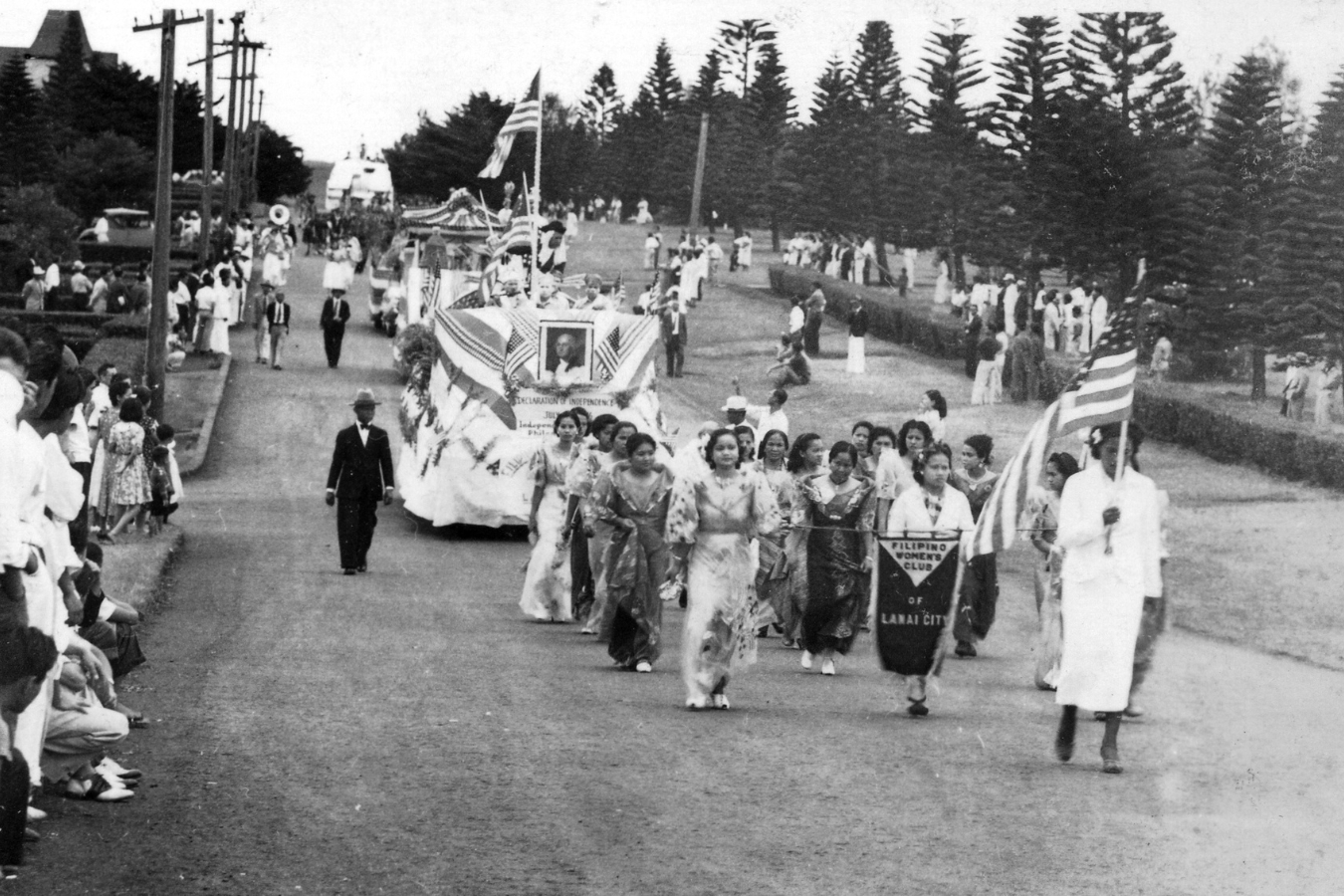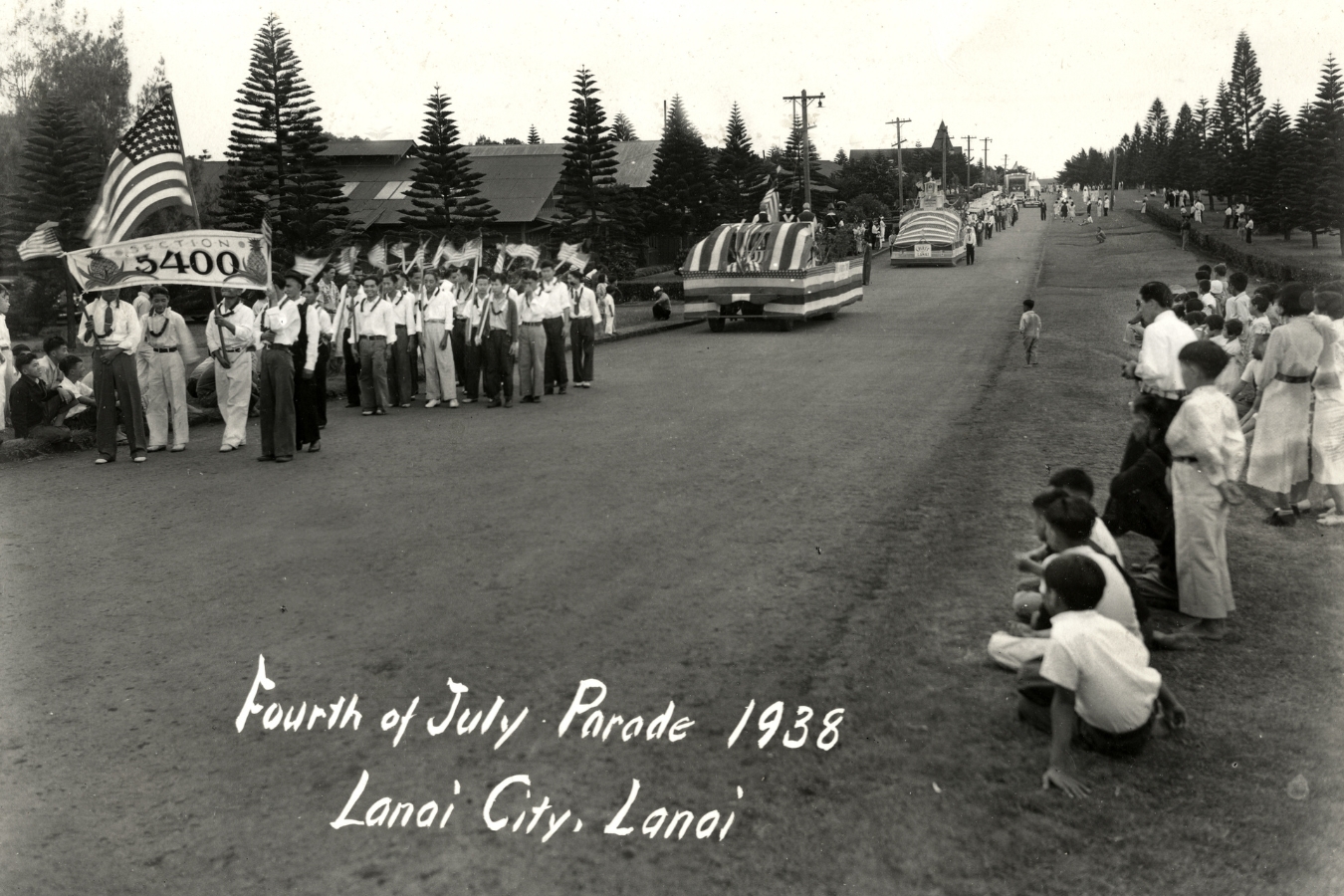A SNAPSHOT: BEYOND THE LABOR
Plantation Life
on Lāna‘i
1922-2022
Celebrating 100 Years of Plantation Families
Curator
Lāna’i Culture & Heritage Center
THE COMMUNITY THEY BUILT
James Dole’s 1922 purchase of most of Lāna‘i led to 70 years of pineapple production until the plantation’s closure 1992. Immigrants from the Philippines, Japan, Korea, China, Puerto Rico and elsewhere all came in search of a better life.
Challenging working conditions, segregation and poverty were a part of the early plantation days. Yet plantation life was more than just work, grueling labor in hot, dusty fields, servitude or limitation. As told by those who lived in this era, the community was full of joy, life and belonging. Lāna‘i people were resilient and hardworking with a strong sense of responsibility to the land and to each other. They lifted each other up across ethnic lines and grew to live in a vibrant multi-cultural society.
Beyond the Labor: Plantation Life on Lāna‘i showcases the vibrant lives of Lāna‘i people. This virtual exhibit is part of the “Our Living History: Lāna‘i Digital Archive” project in which the center has diligently worked with an archivist to organize and continue digitization of the collections. This exhibit is a product of our continued commitment to making our history accessible by all.
If you have your own Lāna‘i photos to share, we invite you to reach out and join us in our journey to care for our island’s rich history, culture, and values.
Listen to our stories
This virtual collection is part of the ongoing digitization of the archival collections and features photographs that have never been on view in the center’s museum. Listen to stories of Dean Del Rosario (whose father is the photographer of many of these photos), Albert Morita and Diane Preza, who grew up in the plantation.
Sports, Clubs, & Activities
During the plantation era, recreational sports and clubs thrived amongst children and adults. There were many opportunities to participate in fun activities for all members of the community, and the following photographs showcase a few of these sports and clubs.
Little League
The Yankees were one of many community little league teams. Many organizations sponsored the teams, including the Young Buddhists Association, the Catholic Church and the Lions Club.
Boy Scouts Troop 66
Boy Scouts were an active club in the plantation. Here is Troop 66 on an outing on Lāna‘i Hale in Maunalei Valley.
Sea Scouts
There were Boy Scouts and Sea Scouts in the plantation era. Aurelio Del Rosario led the Sea Scouts, a group of boys who learned seamanship and sea safety while being out on the ocean.
Girl Scouts
Girls were not to be forgotten – there was also an active girl scout troop on Lāna‘i. Girl scouts participated in a myriad of activities in the outdoors and in the community, and the club continued for many years.
Bowling Leagues
The building in the center of Dole Park served as a bowling alley for many years. In fact, it’s still called the “bowling alley” even though its purpose has long since change. The building once offered four bowling lanes and was a central hub for community fun. Many community members formed teams and engaged in friendly competition.
Lāna‘i Gun Club
Hunting has persisted as a favorite activity of Lāna‘i people. As avid hunters, the club’s members utilized pistols, rifles and shotguns. Shooting competitions were held throughout the year including a turkey shoot at Thanksgiving.
Volleyball & Tennis
Many community activities were held outdoors that welcomed participation of all. While many sports teams focused on men during the plantation era, women also joined in on the athletic such as these Lāna‘i women enjoying volleyball in the public park.
Lana‘i City Band
Outdoor Recreation
Lāna‘i folks have always been deeply connected to the ‘āina. The land and sea provided both sustenance and recreation for Lāna‘i people, who understood they had responsibility to care for this place.
Kaumālapaʻu
All who have grown up on Lāna‘i have memories of swimming at Kaumālapa‘u Harbor with friends and family. While the breakwater and stairs have evolved over time, the harbor will always be a beloved place for Lāna‘i ʻohana.
Fishing & Diving
Lāna‘i people are ocean people. For many generations, local families have relied on the health and abundance of the sea to provide food for their ʻohana and community.
From left: Jimmy Low (left), Stacy Olsen (middle), Mario “Pinky” Dahang (right) with an ulua.
Ito’s Garden
Mr. Ito (known at “Ito”) was an employee of the Hawaiian Pineapple Company. In his free time, he developed and cared for a beautiful garden across from his home on Queen’s Street. He started small and gradually expanded the garden to include terraces and a variety of colorful flowers for all to enjoy.
Lāna‘i Field Trials
The Lāna‘i field trials showcased the skills of hunting dogs. Live game birds were placed in ventilated boxes and hidden on the landscape. Hunting dogs would locate and point to them, follow the instructions of their owners and gain points from the judges.
Kama‘āina of Lāna‘i from left: Lloyd Cockett (left), Sol Kaopuiki (middle) and Ernest Richardson (right).
Activities in the Park
While this may look like an event in Dole Park, this photo was actually taken at the old baseball field where Hale Kupuna now resides. Community activities like this tug-o-war game would draw the participation of many residents who would come for the fun.
Ranch at Kō‘ele
Ranching was the island’s longest-run economic industry. Kōʻele served as the headquarters of the Lāna‘i Ranch and the hub of the island community long before Lāna‘i City existed. Though the ranch formally closed in 1951, Kōʻele families continued the paniolo tradition of horsemanship.
Hunting
Within the past century, hunting has become a favorite activity of many Lāna‘i folks. Lāna‘i hunters often hunt to provide food for their families and friends and enjoy the Lāna‘i outdoors. Removal of these invasive ungulates (like axis deer and mouflon sheep) from our landscape is also a form of stewardship. Hunters from left: Richard Oshiro (left), “Joey” Morita (middle left), “CO” Oshiro (middle right) and Albert Morita (right).
Community Celebrations
Lāna‘i City played host to many community celebrations over the years. While specific ethnic groups organized culture-specific celebrations such as Rizal Day and the annual Bon Dance, the community also came together for many parades and parties for all.
Union Hall Festivities
The ILWU Union Hall was an important gathering place throughout the plantation days. It served as a meeting place and as a soup kitchen during the 200-day strike in 1951. Celebrations were often held here and Filipino dancers are pictured during a community festival.
Hula at the Gym
The “Old Gym” or “County Gym” was the only one in town during the plantation era. While many sports were enjoyed there, the space was also utilized for performances and celebrations such as hula.
Music
Many talented Lāna‘i musicians excelled in instruments such as the guitar, bass and ‘ukulele. Hawaiian music was a staple at parties and community celebrations. Local musicians from left: Clarence Fujimoto (left), Robert Amaral (middle) and Sam Shin (right).
Bon Dance
Obon is an annual Buddhist event celebrated by Lāna‘i’s Japanese community to honor ancestors. This photo shows the bon dance on the field across from the current Hongwanji, where it is still celebrated.
May Day Parade
May Day celebrations during the plantation days included festive parades with floats and a May Day court. The photo of the float was captured on Lāna‘i Avenue. The rooftop of the theater can be seen in the background.
“Shop” Gathering
A gathering of employees who worked at the Labor Yard, what is known as today’s Fleet Yard. Here they enjoy a pau hana gathering. Shop workers were extremely innovative, often fabricating tools or pieces to improve the efficiency of the machinery.
Fourth of July
Fourth of July celebrations included a lively parade with many floats and organizations participating. All of Lanai would come out to enjoy the festivities with their families.
Help us honor their legacy
Lāna‘i City has changed significantly in the past 100 years. Yet the values that emerged from the plantation community remain. The shared experience of Lāna‘i people during the plantation days created the foundation of our local culture today. This virtual exhibit has been developed with the hope that people on Lāna‘i and beyond are inspired by the lives plantation people lived – vibrant lives that were so much more than just their work.
We hope this is just the beginning. If you have additional contextual information about the photos in this exhibit or your own Lāna‘i family photos to share, we invite you to reach out and join us in our journey to care for our island’s rich history, culture, and values.
